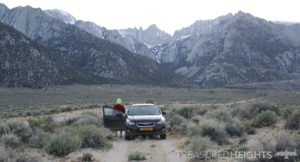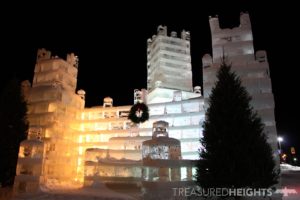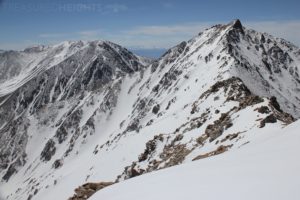While recreational backcountry skiing started as a group of fringe explorers with no guidance but a map, leather boots and a memory of a distant line to explore, it has changed as the sport has grown.
Humans are social creatures, research shows we evolved in social groups of 200-300 individuals in close proximity. As backcountry skiing becomes more mainstream you’ll see standard group behavior dictate use patterns over more technical guidance. This is how I still find unskied under-used areas so close to millions of people.
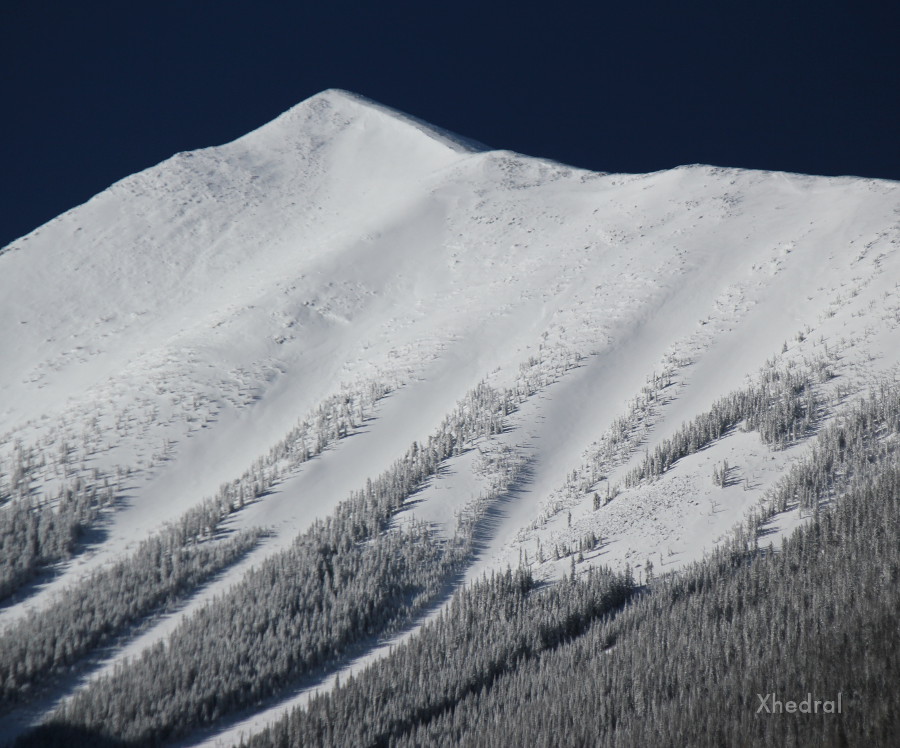
Finding the good stuff:
Most backcountry skiers today have friends take them to new places, because social motives are number one, in fact its what got them into backcountry skiing in the first place. If they don’t have friends take them, they follow “Top Ten” lists on forums or publications. Despite this some of us still exist who geek out on maps and stretch the spatial abilities of the human brain in the fun application of backcountry skiing. When you find something good and new it’s a cool feeling, like finding treasure, and if you are smart you don’t publish online, and don’t tag specific locations on Instagram. By doing the technical work and not being lazy you can discover the deepest sense of joy possible from backcountry skiing. The essence of skimountaineering and backcountry skiing is not climbing the ratings ladder, bagging the named runs, its the wild part. By not publishing details you can allow others to be creative, to solve the problems, and feel the sense of adventure. It takes time to discover the hidden good spots, and its very rewarding, part of the game.

Finding the crap:
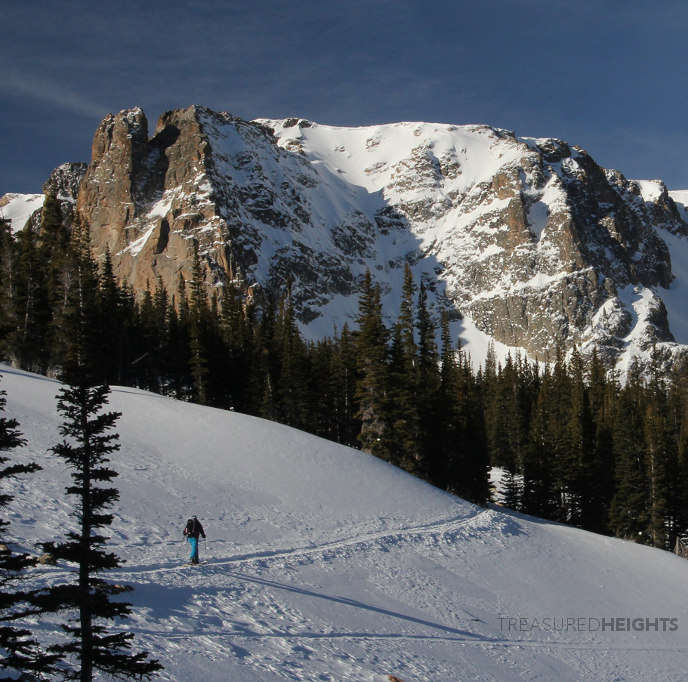
For every treasure you find there are many other trips where you find crap. By crap I’m talking about windblown icy junk, landscapes stripped of snow by intense winds, heavy slush, and wooded valleys with no views. Sometimes you find beautiful terrain, but can’t ski it for months because it’s too prone to avalanche. The worst is when you get into a bowl or over a ridge and discover that your route is devoid of snow due to intense wind action. The dissapointments are very important to the exploration process, as yang is to the ying. You can’t find that never skied, shadowed perfect powder face under everyone’s nose without sking around through some junky spots.
Sure you can follow forums and just be the copy cat who skis a line that the first guy skied a week before and posted pictures, thats actually what thousands of people do in Colorado. I’ve seen how peaks are unskied for a long time, and then one person goes, and every week after its getting hit.
Keep backcountry skiing wild, in the mind:
I think its important to keep to the root nature of the sport and not let it become washed into resort-type thinking. In resorts millions of humans do what humans do, which is to categorize, catalogue, hype, compartmentalize. All of these things are tools, useful for teaching skiing, useful for selling, but they are all limiting on the human mind’s capacity to live in the moment and see what is in front of them. Since most people today have started backcountry skiing because they love and respect the wild nature, they should actively work to keep their mindset from being clouded by all the online hype, social pressure, and supposed backcountry line “ratings” which make them feel safe when the avy danger is actually high in that spot. Learning to see the world as it actually is, and not see the verbal and numerical constructs is not just a challenge for skiers, but for everyone who studies meditation and respects the concept of flow.
More articles:
![]() Follow Treasured Heights on Facebook or on Instagram. Or subscribe to the YouTube Channel.
Follow Treasured Heights on Facebook or on Instagram. Or subscribe to the YouTube Channel.


